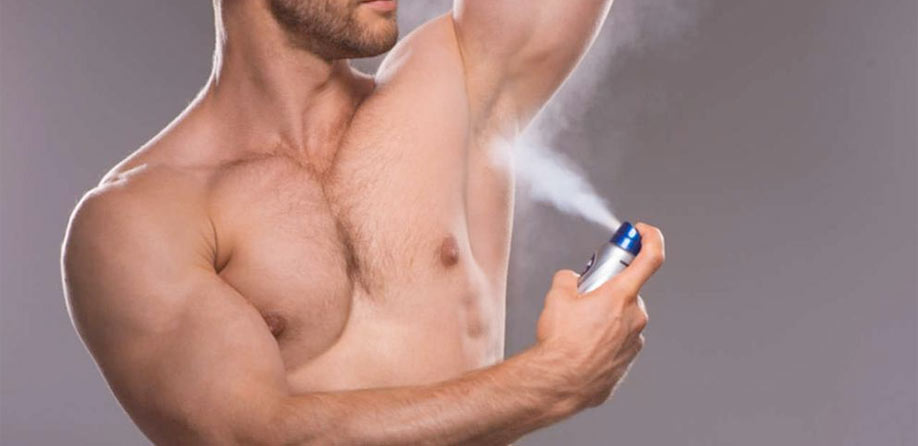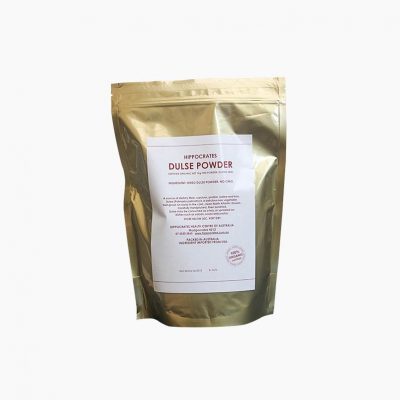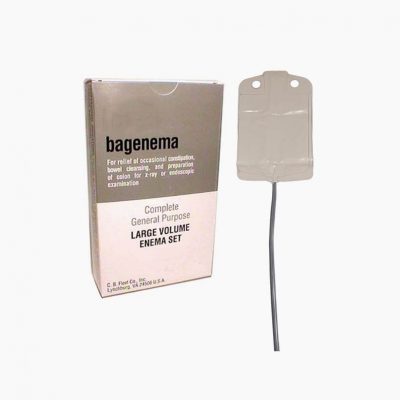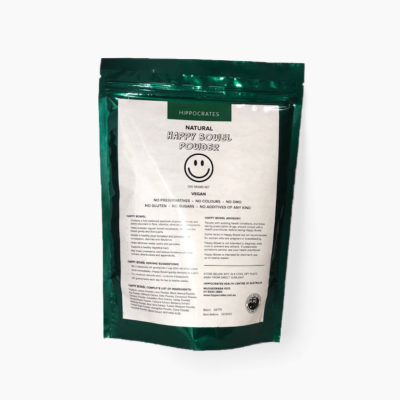The deodorants, perfumes and soaps that keep us smelling good are fouling the air with a harmful type of pollution — at levels as high as emissions from today’s cars and trucks.
That’s the surprising finding of a study published Thursday in the journal Science. Researchers found that petroleum-based chemicals used in perfumes, paints and other consumer products can, taken together, emit as much air pollution in the form of volatile organic compounds, or V.O.C.s, as motor vehicles do. The V.O.C.s interact with other particles in the air to create the building blocks of smog, namely ozone, which can trigger asthma and permanently scar the lungs, and another type of pollution known as PM2.5, fine particles that are linked to heart attacks, strokes and lung cancer.
Smog is generally associated with cars, but since the 1970s regulators have pushed automakers to invest in technologies that have substantially reduced V.O.C. emissions from automobiles. So the rising share of air pollution caused by things like pesticides and hair products is partly an effect of cars getting cleaner. But that breathing room has helped scientists see the invisible pollutants that arise from a spray of deodorant or a dollop of body lotion.
The researchers said their study was inspired by earlier measurements of V.O.C.s in Los Angeles that showed concentrations of petroleum-based compounds at levels higher than could be predicted from fossil-fuel sources alone. Concentrations of ethanol, for example, were some five times higher than expected. And those levels were increasing over time.
“You can see these really rapid decreases in tailpipe emissions,” said Brian C. McDonald, a scientist at the Cooperative Institute for Research in Environmental Science at the University of Colorado, Boulder, who led the study. “It just made sense to start looking at other sources and seeing whether they could be growing in relative importance.”
While people use far more fuel, by weight, than they do lotions and paints, Dr. McDonald and his colleagues found a marked difference in how much of the pollutants from those products end up in the air. Even though drivers can use gallons of gasoline each week, “it’s stored in an airtight tank, it’s burned for energy, and converted mostly to carbon dioxide,” said Jessica B. Gilman, a research chemist at the National Oceanic and Atmospheric Administration also involved in the study. Those carbon dioxide emissions are not smog-forming V.O.C.s, though they are a major driver of human-caused climate change.
“But these V.O.C.s that you use in everyday products — even though it may just be a teaspoon or a squirt or a spray — the majority of those kinds of compounds will ultimately end up in the atmosphere, where they can react and contribute to both harmful ozone formation and small-particle formation,” Dr. Gilman said.
Forty percent of the chemicals added to consumer products wind up in the air, the researchers found. To make their calculations, the study’s authors constructed a computer model that simulated air quality in Los Angeles, weaving in data from the chemical composition of consumer goods and tailpipe emissions. Using the model, they could see the fingerprints of the chemical compounds coming from personal care products and also estimate how many V.O.C.s from paints and finishes inside buildings were being released to the outside world. Roughly half of the V.O.C.s in Los Angeles air could be attributed to consumer products, the authors found.
Ravi Ramalingam, who leads the California Air Resources Board’s consumer products and air quality efforts, said he was not surprised that paints and perfumes were making up a bigger share of emissions as cars and trucks became cleaner.
He said his agency was surveying the chemical makeup of about 300,000 consumer products sold or used in California, and preliminary results also suggested that emissions from those products were higher than previously estimated, though by a lesser amount than Dr. McDonald and his colleagues found. He said their different methodologies likely accounted for the disparity.
“We’re still looking for opportunities to reduce emissions from consumer products,” Mr. Ramalingam added.
California has regulated emissions from consumer products since the late 1980s, and federal regulations have followed suit, setting V.O.C. emissions limits for a range of items, including paints, varnishes and lacquers.
Concerned consumers may be tempted to turn to “natural” products, though the researchers say that isn’t a cure-all. For example, one class of compounds called terpenes gives many cleaning products a pine or citrus smell. These terpenes can be produced synthetically, or naturally from oranges. “But whether it’s synthetic or natural, once it gets into the atmosphere it’s incredibly reactive,” Dr. Gilman said. Similar natural compounds give the Blue Ridge Mountains in Appalachia their name, from the blue haze formed by terpenes emitted from the trees there, Dr. Gilman added.
Galina Churkina, a research fellow at the Yale School of Forestry and Environmental Studies who was not involved in the study, noted that the study did not consider emissions related to biological sources like trees and animals. But the authors said their study was not the end of this line of research.
There are tens of thousands of chemicals in consumer products, and researchers have not yet pinpointed which chemicals are most likely to form ozone or PM2.5 particles. “One of the things that we’re hoping the public takes away from this is that our energy sources and the consumer products we use every day are continually changing the composition of our atmosphere,” Dr. Gilman said.
Notably, some of the V.O.C.s used in consumer products were replacements for chlorofluorocarbons, or CFCs. Those chemicals were phased out beginning in the 1980s because they thinned the Earth’s ozone layer.
For consumers looking for a greener solution, Dr. McDonald offered some advice. “Use as little of the product as you can to get the job done,” he said.
By Kendra Pierre-Louis and Hiroko Tabuchi
The New York Times, 17 February 2018





